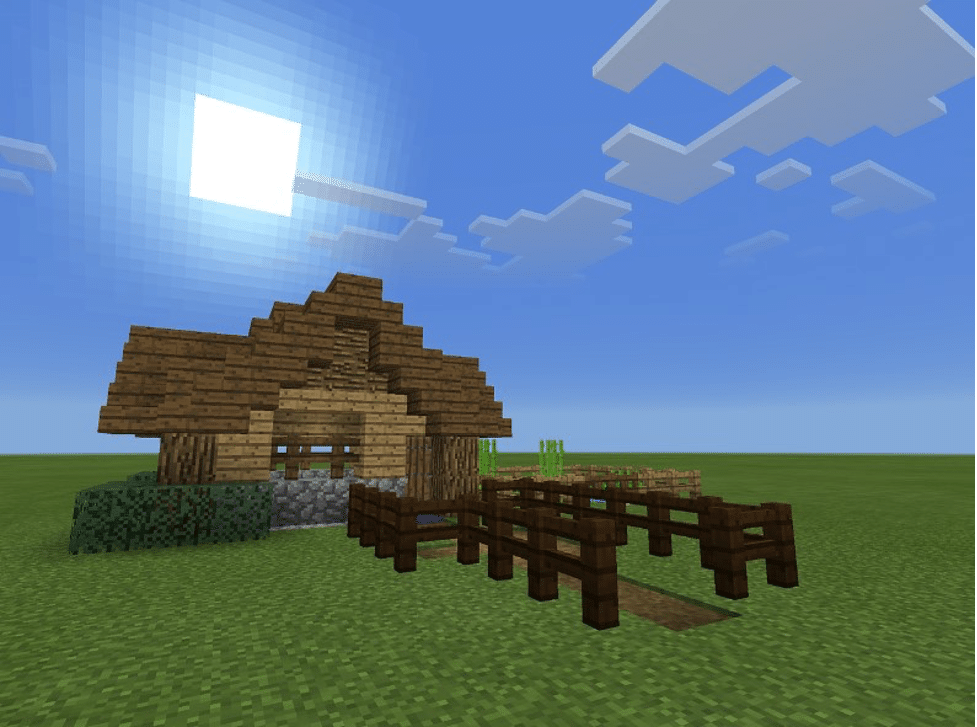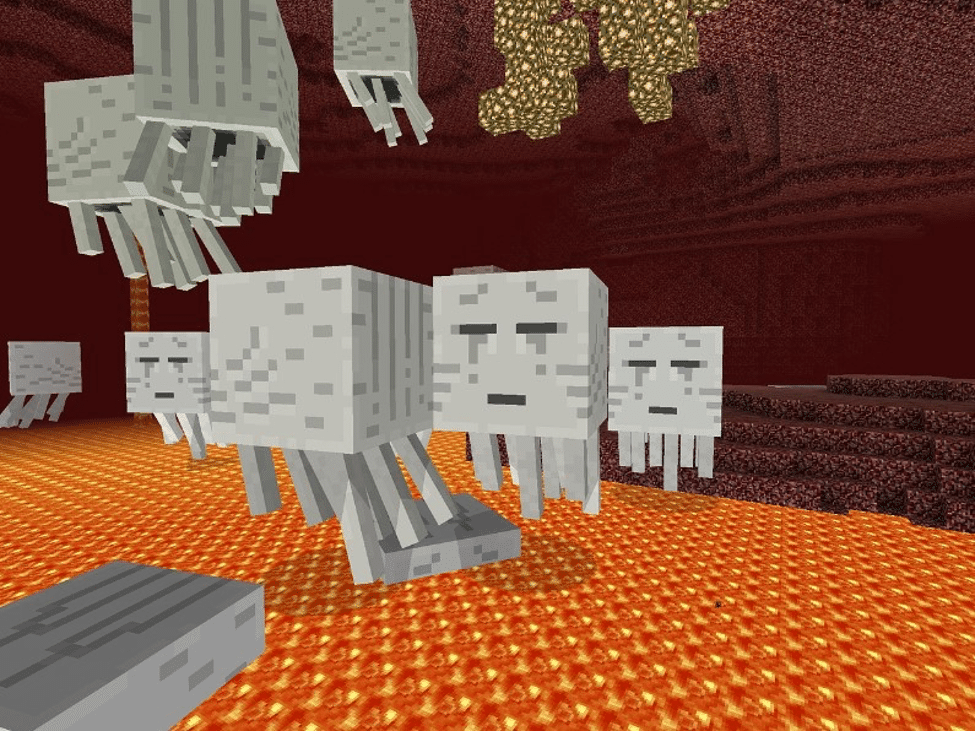Minecraft, the block-building sandbox game, has become a cultural phenomenon, captivating millions of players around the world. Its unique blend of creativity, exploration, and community has made it more than just a game—it’s a platform for expression and connection. In this article, we’ll explore how Minecraft rose from humble beginnings to global success, why it continues to attract players, how it fostered a massive community, and what the future holds for this beloved game.
1. The Origins of Minecraft: From Indie Project to Global Phenomenon
Minecraft was born from humble beginnings as an indie project created by Markus “Notch” Persson. Initially released in 2009 as an alpha version, the game was simple but innovative. It offered players an open world made entirely of blocks, which could be mined, placed, and manipulated to create structures and landscapes limited only by imagination.
Despite its basic graphics and lack of a defined narrative, Minecraft quickly gained traction within the gaming community. The game’s unique combination of survival and creativity resonated with players who appreciated the freedom it offered. As word spread, Minecraft’s popularity grew exponentially, leading to its official release in 2011.
The game’s success was further amplified by its community-driven development. Notch frequently interacted with players, incorporating their feedback and suggestions into the game. This collaborative approach not only improved Minecraft but also strengthened the bond between the developers and the growing player base.
As the game evolved, so did its player community. The introduction of multiplayer features, supported by third-party services like server hosting Minecraft, allowed players to create and join custom servers, further expanding the game’s reach. By providing a platform where players could connect, collaborate, and compete, Minecraft became more than just a game—it became a global phenomenon.

2. The Creative Freedom of Minecraft: Why Players Keep Coming Back
One of the key reasons Minecraft has captivated millions of players worldwide is the unparalleled creative freedom it offers. Unlike many games that follow strict narratives or have defined objectives, Minecraft places the player in a world where they can choose their path. Whether building towering castles, intricate redstone contraptions, or simply exploring vast landscapes, the game encourages creativity at every turn.
The game’s simple mechanics—mining resources, crafting tools, and building structures—are easy to learn but offer infinite possibilities. This open-ended gameplay allows players of all ages and skill levels to express themselves, whether through solo projects or collaborative builds on multiplayer servers. The ability to modify and customize the game through mods and plugins further enhances this creative potential, giving players even more ways to personalize their experience.
Minecraft’s creative freedom is amplified by hosting Minecraft, which allows players to create their own worlds and invite others to join. These custom servers can range from survival and creative modes to complex mini-games and role-playing environments. The possibilities are endless, and the game’s flexibility ensures that players always have something new to explore.
This freedom to create and explore has kept players engaged for years, with many returning to the game time and time again. Whether it’s building a dream world, mastering redstone engineering, or participating in community projects, Minecraft offers a space where creativity knows no bounds.
3. Community and Collaboration: How Minecraft Built a Worldwide Network of Fans
Minecraft’s success is not just a result of its gameplay; it’s also a testament to the power of community and collaboration. From the beginning, Minecraft has fostered a sense of community among its players, encouraging them to work together, share ideas, and support one another.
The multiplayer aspect of Minecraft has played a crucial role in this. By using server Minecraft, players can create custom servers that cater to specific interests or playstyles. These servers have become hubs of activity, where players from around the world can come together to build, explore, and compete. Some of the most popular Minecraft servers have thousands of players, each contributing to massive, collaborative projects that showcase the power of teamwork.
Minecraft’s community extends beyond the game itself. Platforms like YouTube and Twitch have become essential parts of the Minecraft ecosystem, where players share tutorials, gameplay videos, and live streams. Content creators have built entire careers around Minecraft, attracting millions of viewers who tune in to watch them play, build, and explore.
The game’s collaborative nature has also led to the creation of vast online communities where players can discuss strategies, share creations, and offer support. Forums, Discord servers, and social media groups dedicated to Minecraft are filled with passionate players who are eager to help others and contribute to the game’s ever-growing legacy.
This sense of community has been instrumental in keeping Minecraft relevant over the years. Players don’t just play Minecraft; they become part of a global network of fans who are connected by their love for the game.

4. The Future of Minecraft: Continuing to Inspire New Generations of Gamers
As Minecraft continues to evolve, it remains a significant influence in the gaming world, inspiring new generations of players and developers alike. The game’s ongoing updates and expansions have kept it fresh, introducing new features, blocks, and mechanics that encourage players to return and explore new possibilities.
Mojang, the studio behind Minecraft, has shown a commitment to supporting the game for the long term. Regular updates, such as the Nether Update and the Caves & Cliffs Update, have introduced substantial changes to the game, adding new dimensions to exploration and creativity. These updates ensure that Minecraft remains relevant and exciting, even for long-time players.
Additionally, Minecraft’s educational potential has become increasingly recognized. The game is now used in classrooms around the world as a tool for teaching subjects ranging from mathematics to history. Minecraft: Education Edition, a version of the game tailored for learning, has been adopted by schools to encourage creativity, problem-solving, and collaboration among students.
As new technologies emerge, Minecraft is likely to continue evolving. The game’s adaptability, coupled with its massive community, ensures that it will remain a significant force in gaming culture for years to come. With the support of server host MC, players will continue to create, explore, and connect in ways that push the boundaries of what’s possible in gaming.
Conclusion
Minecraft’s journey from a simple indie game to a global phenomenon is a testament to its unique blend of creativity, community, and endless possibilities. The game has captivated millions by offering players the freedom to create their own worlds, the opportunity to collaborate with others, and the chance to be part of a vast, supportive community.
As Minecraft continues to grow and evolve, it remains a source of inspiration and joy for players of all ages. Whether through solo adventures, collaborative builds on multiplayer servers, or educational initiatives, Minecraft’s magic shows no signs of fading. With the support of tools like host Minecraft, the game will continue to captivate and inspire new generations of gamers, ensuring its place as one of the most beloved games of all time.
